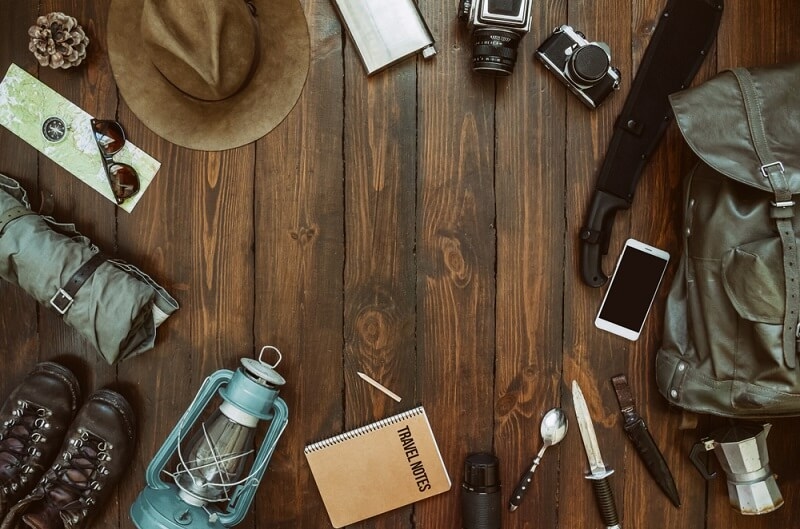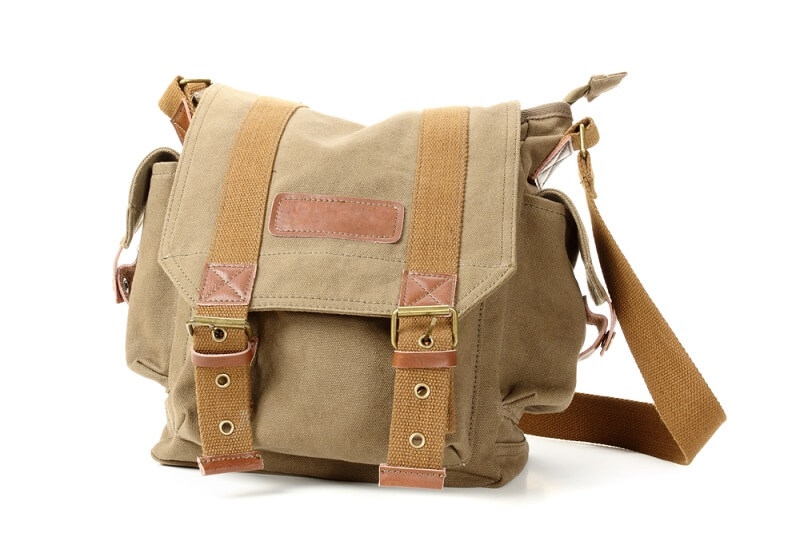
For many travelers, there is nothing more exciting than going on an African safari—no chance to see wildlife in its natural environment, no opportunity to experience sweeping savannas, and no better way to disconnect from the real world. But before travelers get their trip started, they often wonder, what should I pack for an African safari? Having the right travel gear can mean the difference between having a comfortable, pleasant experience and having a trip full of unnecessary inconveniences.
Here is your complete safari travel checklist that will advise you on what to wear, how to pack light, and the essential gear you need to keep your African safari experience safe, comfortable, and incredible!
Packing for a safari is an entirely new experience, from packing for a city trip to even a standard beach trip. Here are some things to keep in mind:
Wearing safari clothing guidelines is essential for deciding what to wear when you go out for game drives, bush walks, or to light a campfire at night. When choosing clothing, consider how it protects you from the elements and blends in with your environment. Also, consider layering.
Long-sleeved lightweight shirts (2–3)
Use fabrics that breathe or wick moisture and are neutral tones (khaki, beige, olive, or tan). Long sleeves protect from the sun, bug bites, and dust.
Convertible pants or lightweight pants (2–3)
Don't take cotton jeans (too heavy) or darker colors (preferably to avoid further heat and attracting bugs). Convertible, zip-off pants are helpful for early cool mornings and warm afternoons.
Shorts (1–2 pairs)
Comfortable for midday breaks or lounging around camp. It is unsuitable for game drives—too much sun on your arms and bugs on your legs.
Fleece or light-weight sweater (1)
Early morning game drives can be cold, so a fleece offers just enough warmth, and space in your packing is essential.
Waterproof or windbreaker jacket (1)
Especially true if traveling during the rainy season or in an unpredictable weather zone.
T-shirts or base layers (2–3)
Great to layer under the shirts or jackets.
Sleepwear and underwear (3–5 sets)
Breathable, quick-drying materials are ideal.
Swimsuit (1)
Many safari lodges have pools or Jacuzzis for relaxing after game drives.
Comfortable walking shoes or trail shoes (1 pair)
Closed-toe, durable, and broken-in. Essential for bush walks.
Flip-flops or sandals (1 pair)
It is for use around camp or in the shower.
Your clothing is just one part of the equation. This safari gear guide includes the most important accessories and travel essentials to keep in your bag.
Wild environments can expose you to the sun, bugs, and unfamiliar food and water. Prepare accordingly with these African travel essentials.
Tip: Many safari camps provide basic toiletries, but having your travel-size kit ensures you're covered wherever you go.
Being efficient with your luggage isn’t just about saving space—it’s about convenience. Here’s how to pack light for Africa while covering all your bases.
These keep your gear organized and make separating clean and dirty clothes easy.
Choose clothes that can be worn multiple times and easily layered for changing temperatures.
A sarong, for example, can serve as a towel, pillow, scarf, or privacy screen.
Most safaris prefer duffels or soft backpacks, which are easier to stow in small vehicles or bush planes.

Here’s a quick-reference safari bag checklist to make packing a breeze:
Depending on the type of safari you're going on (luxury lodge, mobile tented camp, or self-drive), you may want to include a few extra items:
Here are some things that you don’t need to pack for an African safari:
Whether visiting the Serengeti, the Okavango Delta, or Kruger National Park, knowing what to pack for an African safari is essential for enjoying each moment without worrying about what you may have forgotten. What's worse than worrying about and regretting what you didn't pack at the beginning of your safari?
Using this essential packing checklist to guide your packing efforts will ensure you stay prepared, protected, and open to thoroughly enjoying Africa's unforgettable sights and sounds.
A safari should not involve excess luggage or the wrong gear; it should be about connecting to nature, wildlife, and the moments you forget about everything else. Travel smart, pack light, and let the wild embrace you.
This content was created by AI